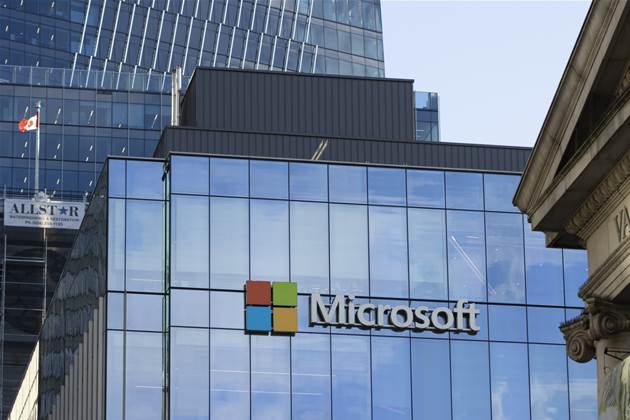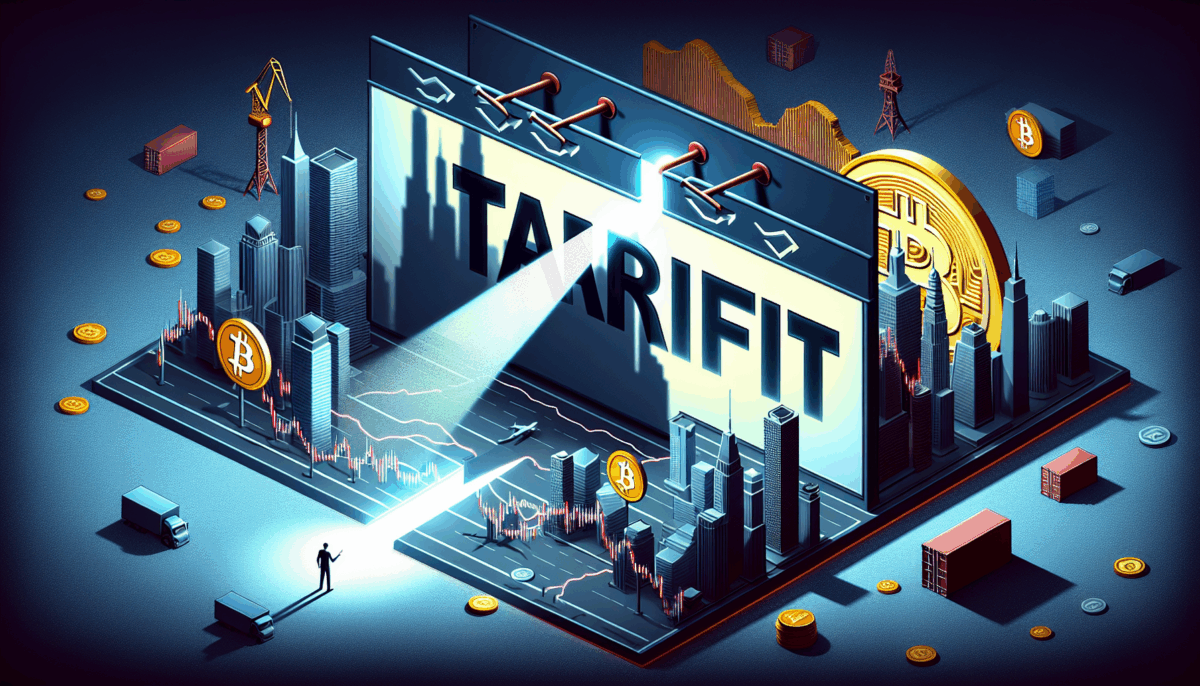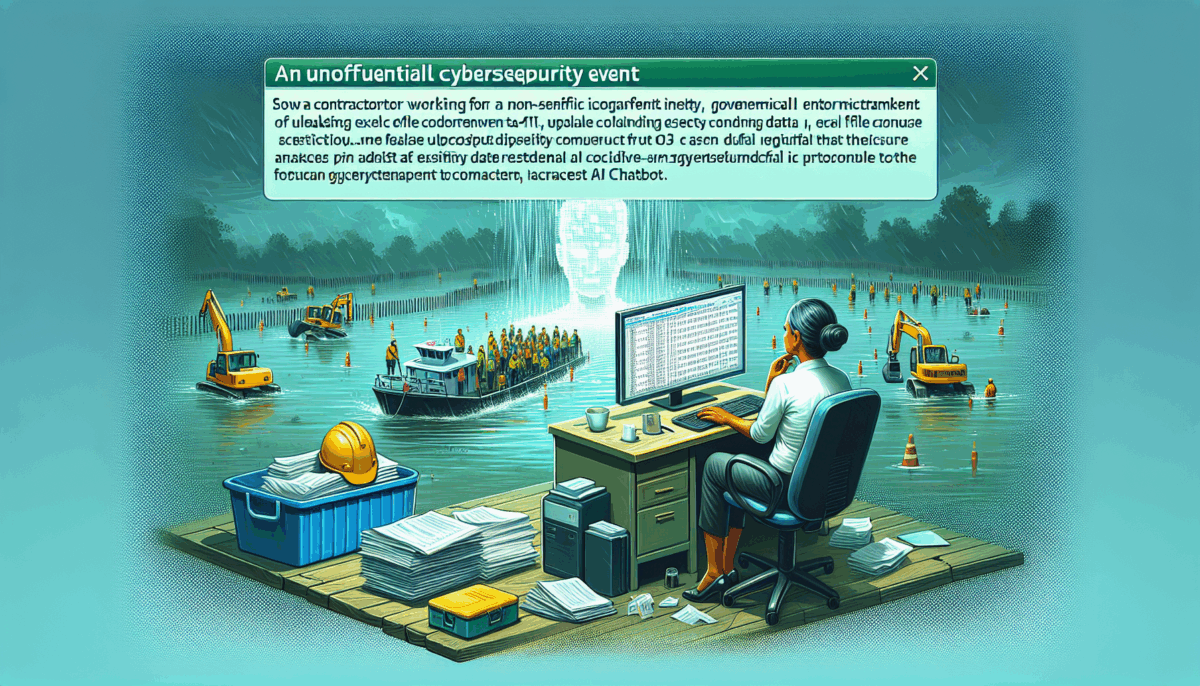Order 1X’s NEO Humanoid Robot Now for Only US$20,000 or AU$499 Monthly
We independently review everything we recommend. When you buy through our links, we may earn a commission which is paid directly to our Australia-based writers, editors, and support staff. Thank you for your support!
- The NEO Humanoid Robot by 1X Technologies is now up for order, representing a significant advancement in domestic robotics.
- Supported by OpenAI, the NEO is designed to take on household duties, allowing users to save precious time.
- Offered for A$30,370 or through a subscription option at A$758 monthly.
- Key features include interaction via voice commands, remote learning functionalities, and a robust AI-powered computing system.
Presenting the NEO Humanoid Robot: The Future of Home Assistance
1X Technologies, with backing from OpenAI, has launched the NEO Humanoid Robot, marking a major milestone in home robotics. This is not just a vision of the future; it’s a real product available at a tangible price. Tailored to manage everyday home tasks, the NEO aims to integrate seamlessly into contemporary households.
Capabilities and Learning: A Robot That Becomes Smarter Over Time
The NEO is designed to enhance its functionality as it is used. It features basic capabilities, enabling it to perform actions like retrieving items and controlling lights right out of the box. Its dual command interface, which includes voice activation and a smartphone application, facilitates both prompt and scheduled task handling.
1X Technologies implements a “human-in-the-loop” approach, where specialists can remotely instruct the NEO to learn new functions, continuously enriching its AI model with real-time data.
Technology and Build: Tailored for Home Life
With a height of 5’6” and a weight of just 66 lbs, the NEO is crafted for safety and functionality within lively home settings. Its soft 3D Lattice Polymer shell safeguards its intricate components while ensuring a gentle touch with both people and pets.
The robot is powered by the 1X Cortex, featuring NVIDIA Jetson Thor, which offers powerful AI processing and real-time visual functions.
| Feature | Description |
| 5’6” Height | Created to interact smoothly with human settings. |
| 66 lbs Weight | Designed to be lightweight for safe and efficient navigation. |
| 4 Hours Battery Life with Fast Charging | Self-docks and charges, guaranteeing uninterrupted functionality. |

Cost and Availability
The NEO is positioned as a premium product priced at A$30,370 for outright ownership or available via a subscription model at A$758 monthly. Both options necessitate a deposit to confirm an order. This pricing mirrors the sophisticated technology and early adopter phase of the product.
Overview
The NEO Humanoid Robot from 1X Technologies represents a crucial point in consumer robotics, merging cutting-edge AI with practical, day-to-day uses. With its release, household robots are transitioning from a futuristic concept to a current reality.















